Fires significantly affect the carbon stock in forest soils
Carbon serves as the fundamental building block of living matter. Additionally, as part of carbon dioxide, it is a crucial greenhouse gas contributing to global warming. Its atmospheric concentrations have increased by approximately 45% from the mid-18th century to the present. Forest fires significantly affect the carbon stock in forest soils. These fires lead to a substantial reduction in soil carbon stock, with a 59% average carbon loss in the overlying humus layers and a 26% loss in the entire soil profile. Restoration of the original carbon stock may take more than 100 years.
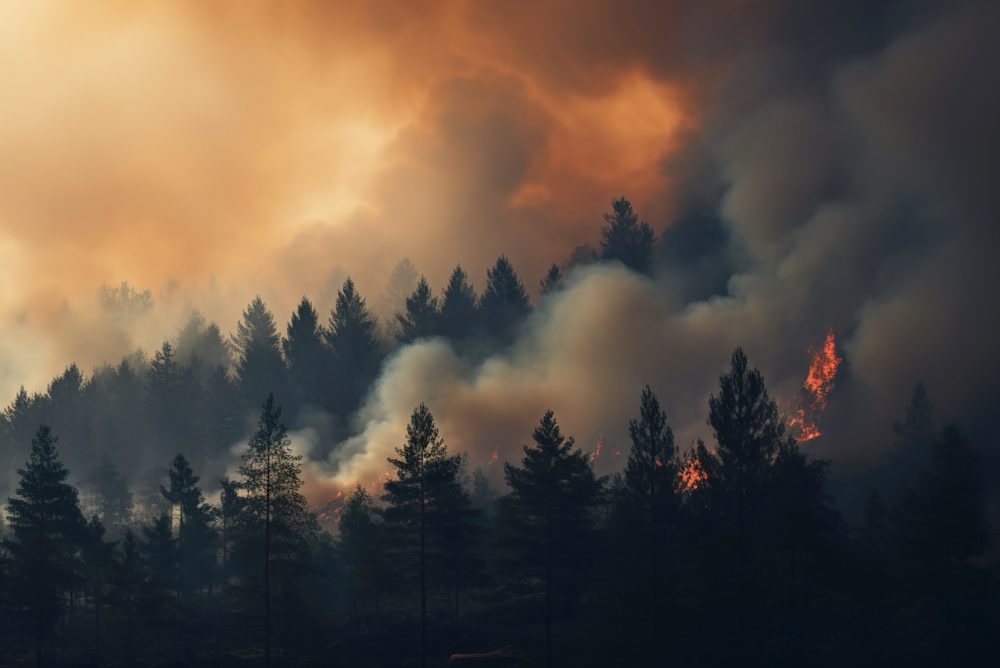 The Earth’s vegetation and soil, along with the permafrost, contain the most carbon on our planet, storing approximately 2,000–3,000 Gt of carbon and 1,600–1,700 Gt of carbon, respectively. This is followed by the upper layers of the oceans (900 Gt) and the atmosphere (830–860 Gt). Increasing the storage of carbon in terrestrial ecosystems could be an important tool for mitigating the impact of climate change. On the other hand, the accelerated release of carbon poses a risk of exacerbating global climate change through positive feedback loops.
The Earth’s vegetation and soil, along with the permafrost, contain the most carbon on our planet, storing approximately 2,000–3,000 Gt of carbon and 1,600–1,700 Gt of carbon, respectively. This is followed by the upper layers of the oceans (900 Gt) and the atmosphere (830–860 Gt). Increasing the storage of carbon in terrestrial ecosystems could be an important tool for mitigating the impact of climate change. On the other hand, the accelerated release of carbon poses a risk of exacerbating global climate change through positive feedback loops.
Forest ecosystems currently cover 4.06 billion hectares, which is almost a third of the land surface. The amount of carbon sequestered by forests is estimated at 295 gigatons (Gt) in living biomass, 68 Gt in litter and dead wood, and 296 Gt in forest soil. Globally, almost 45% of the carbon in forest ecosystems is tied up in forest soils. In Europe (without the Russian Federation), it is even 58%. Forests remove almost a third of human-produced CO2 emissions from the atmosphere, which amounts to 9.5 Gt.
Expanding forest areas can help boost carbon storage. However, when creating forest plantations in countries with native ecosystems, it’s crucial to consider potential risks such as loss of biodiversity, impact on the native population, and environmental justice.
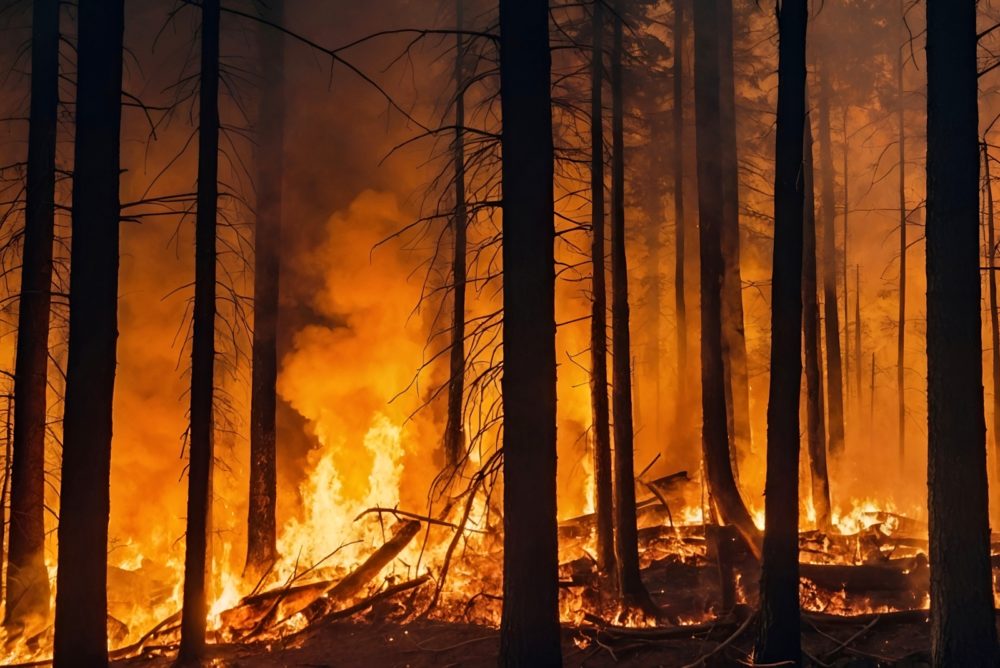 To provide a clearer explanation of the issue at hand, scientists from FGMRI (VÚLHM, v. v. i.), the Institute of Forest Ecosystem Research (IFER), and the Czech University of Life Sciences in Prague prepared the review titled Zásoby uhlíku v lesních půdách a lesní hospodářství (Carbon Storage in Forest Soils and Forest Management – a Review). This review was published in the journal “Reports of Forestry Research (Zprávy lesnického výzkumu) 1/2024.” It was developed as part of the TAČR project SS06010148 “Quantification of Carbon Stocks in Forest Soils of the Czech Republic and the possibility of its influence by forest management.”
To provide a clearer explanation of the issue at hand, scientists from FGMRI (VÚLHM, v. v. i.), the Institute of Forest Ecosystem Research (IFER), and the Czech University of Life Sciences in Prague prepared the review titled Zásoby uhlíku v lesních půdách a lesní hospodářství (Carbon Storage in Forest Soils and Forest Management – a Review). This review was published in the journal “Reports of Forestry Research (Zprávy lesnického výzkumu) 1/2024.” It was developed as part of the TAČR project SS06010148 “Quantification of Carbon Stocks in Forest Soils of the Czech Republic and the possibility of its influence by forest management.”
In a comprehensive article, the researchers examined the impact of calamities and anticipated climate change on the storage of carbon in forest ecosystems. It is calamities and significant damage to forest stands that fundamentally reduce the storage of carbon in forest ecosystems and soils.
The disturbance caused by wind and insect calamities is similar to the impact of clear-cut harvesting, but it affects a much larger area. In the Czech Republic, planned clear harvesting is limited to one hectare, while calamities can affect tens to hundreds of hectares.
In addition, wind disturbances during upheavals increase the release of carbon stored in the mineral soil, leading to a 20-50% rise in total respiration.
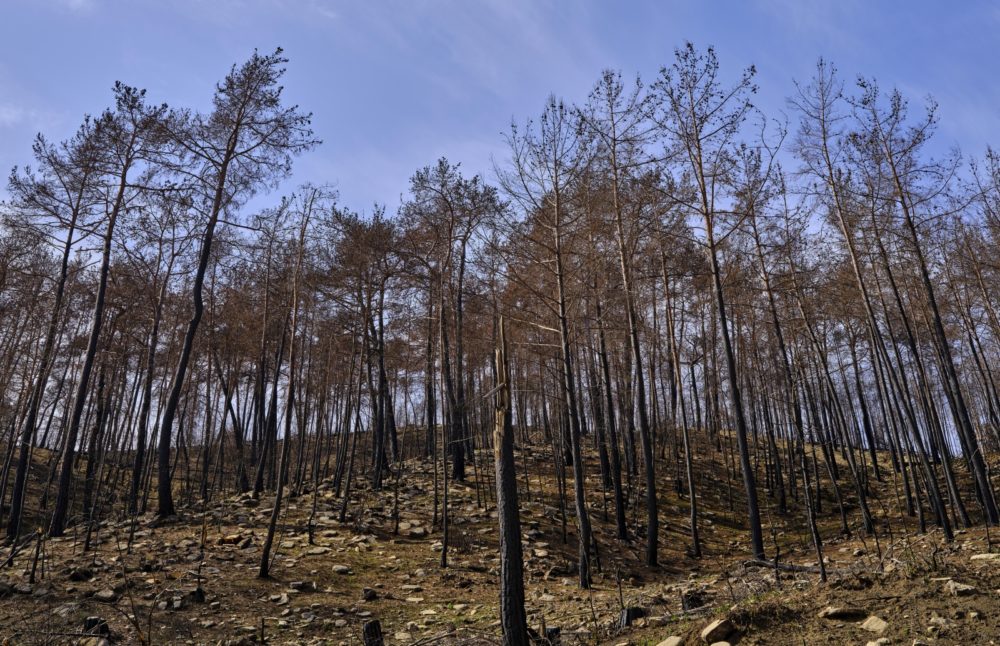 In 1999, the Lothar wind disaster reduced the carbon balance of European forest ecosystems by about 16 million tons of carbon, which is approximately 30% of the continent’s total net biomass production.
In 1999, the Lothar wind disaster reduced the carbon balance of European forest ecosystems by about 16 million tons of carbon, which is approximately 30% of the continent’s total net biomass production.
Additionally, the 2005 Gudrun storm in Sweden (which resulted in the loss of 66 million cubic meters of trees) had a significantly greater negative impact on carbon sequestration than the combined impact of all clear-cutting activities in Europe that year.
After being damaged by wind in the Austrian Alps, the affected stands release the same amount of carbon as they would normally sequester under normal conditions three years after the disaster (4 t/ha/year) and continue to be a net source of carbon eight years after the disaster.
When wind disasters occur in coniferous forests, it significantly increases the risk of subsequent bark beetle infestations. Large-scale bark beetle infestations also disrupt the carbon balance for a long period of time.
A report by scientists found that the outbreak of bark beetles (Dendroctonus ponderosae) in British Columbia from 2000 to 2020 resulted in the release of 270 million tonnes of carbon, resulting in an average negative carbon balance of 0.36 tonnes per hectare per year. Even after twenty years, the vegetation in the affected area did not recover sufficiently to sequester carbon.
Scientists have also shown that in the Tatras, the recovery of carbon sequestration was slower after an insect infestation than after a windstorm. Nine years after the windstorm, the affected stands were already significantly absorbing carbon from the atmosphere (-3.4 to -4.6 t/ha/year). In contrast, the stands affected by the insect infestation were still emitting a significant amount of CO2 (4.95 t C/ha/year).
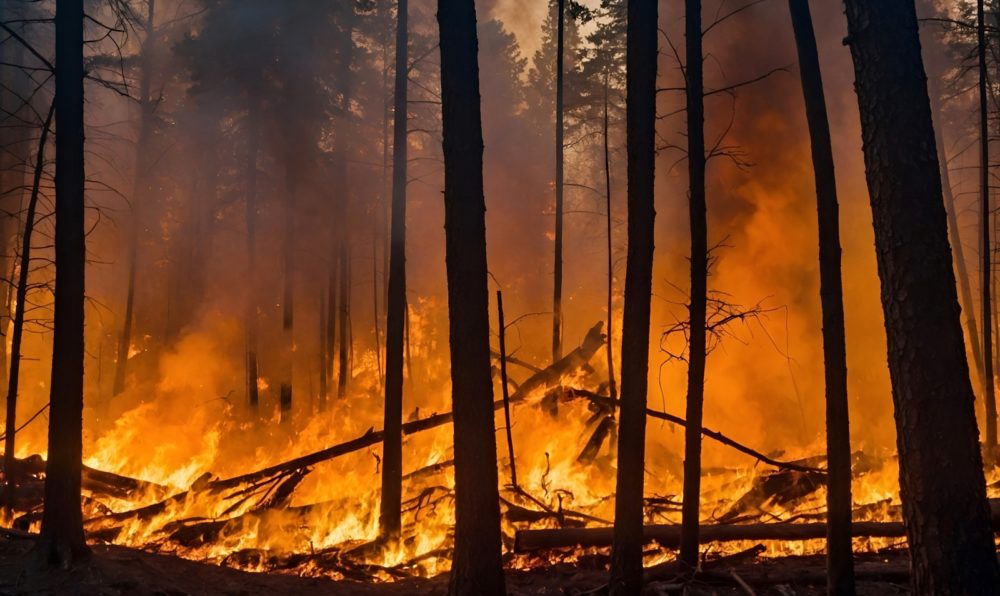 Forest fires have a significant impact on the carbon stock in forest soils. The fires reduce the soil carbon stock, with an average carbon loss of 59% in the overlying humus layers and 26% in the entire soil profile. Recovery to the original carbon stock takes more than 100 years, making it the longest of all disturbances.
Forest fires have a significant impact on the carbon stock in forest soils. The fires reduce the soil carbon stock, with an average carbon loss of 59% in the overlying humus layers and 26% in the entire soil profile. Recovery to the original carbon stock takes more than 100 years, making it the longest of all disturbances.
Additionally, fires alter the soil’s microbial characteristics, soil biodiversity, and forms of carbon. The resulting charcoal decomposes more slowly than ordinary organic substances.
The significance of forest fires for the global carbon balance is growing, as seen with the unprecedented forest fires in Canada’s boreal forests and the large-scale fires in Russia and Greece in 2023.
Global climate change has a substantial impact on the future role of forests and forestry in the carbon cycle.
Increased levels of carbon dioxide in the atmosphere can enhance the overall growth of forest ecosystems, leading to greater carbon storage in both the biomass of tree stands and the forest soil. However, the rising temperatures could also lead to an increase in carbon release from the forest floor.
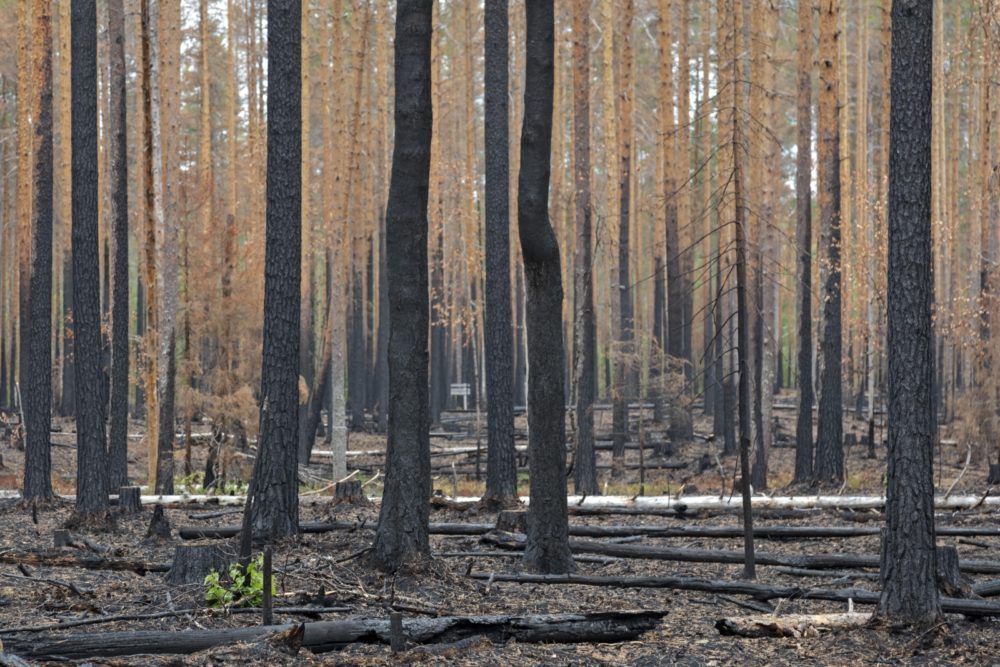 As a result, it is uncertain whether forest ecosystems will act as carbon consumers or sources. Thus, it is important to adjust current forest management practices to account for this uncertainty.
As a result, it is uncertain whether forest ecosystems will act as carbon consumers or sources. Thus, it is important to adjust current forest management practices to account for this uncertainty.
In the future, carbon sequestration could be at risk from increased or more frequent disturbances to forest ecosystems, decreased ecosystem response to rising atmospheric CO2 levels (due to limitations on photosynthesis caused by other factors), higher temperature stress, and the impact of drought or aging stands.
The researchers have concluded that carbon sequestration in forest ecosystems (excluding the substitution function of wood) will likely decrease as climate change intensifies. While it may not be possible to significantly increase carbon sequestration through management changes, economic forests with a moderate level of management are expected to have significantly higher carbon sequestration compared to forests left to develop spontaneously.
It is clear that in order to effectively mitigate the impacts of climate change in the long term, it is crucial to focus on managing and adapting forest ecosystems to enhance their resilience. This represents the base for current forestry strategies in Europe.
The review „Carbon Storage in Forest Soils and Forest Management“(Zásoby uhlíku v lesních půdách a lesní hospodářství) can be downloaded here.
Authors: Vít Šrámek, Věra Fadrhonsová, Kateřina Neudertová Hellebrandová, FGMRI (VÚLHM, v. v. i.); Emil Cienciala, IFER – Institute of Forest Ecosystem Research (IFER – Ústav pro výzkum lesních ekosystémů), Jílové u Prahy; Luboš Borůvka, Czech University of Life Sciences in Prague (Česká zemědělská univerzita v Praze); e-mail: sramek@vulhm.cz
According to the original, prepared by Ing. Jan Řezáč, VÚLHM, v. v. i., email: rezac@vulhm.cz
Illustration photo: forest fire, free to use
